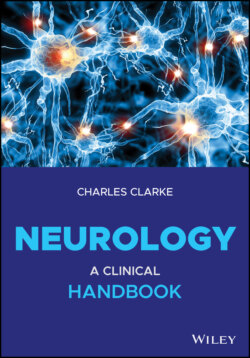Читать книгу Neurology - Charles H. Clarke - Страница 162
LP: Contraindications
ОглавлениеSuspicion of a mass lesion within the brain or spinal cord. Caudal herniation of the unci and cerebellar tonsils (coning) may occur if an intracranial mass is present and the pressure below is reduced by removal of CSF. Spinal cord compression may worsen, or even develop, if an unsuspected cord tumour is present. Such complications can develop within minutes of LP. Unconscious patients and those with papilloedema must have brain imaging (MRI if feasible), before LP.
Any cause of suspected raised intracranial pressure, without careful consideration.
Local infection near the LP site.
Congenital lumbosacral region abnormalities (e.g. meningo‐myelocoele).
Platelet count < 40 × 109/L; other clotting abnormalities; anticoagulant drugs.
Contraindications are relative: there are circumstances when LP is carried out despite them, for example with papilloedema when idiopathic intracranial hypertension is suspected.
CSF pressure and naked‐eye appearance should be recorded: clear, cloudy, colourless, yellow (xanthochromic), red – and if red, whether or not the colour begins to clear after the first or subsequent sample. Patients should lie flat for 24 hours after LP to avoid subsequent headaches, and drink plenty, both manoeuvres of uncertain value. Analgesics may be needed for post‐LP headaches and occasionally treatments for prolonged low pressure headaches (e.g. epidural autologous blood patches; Chapter 12). Post LP headaches often last several days but may continue for weeks or more.
